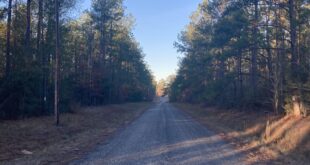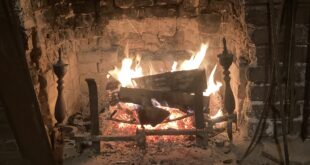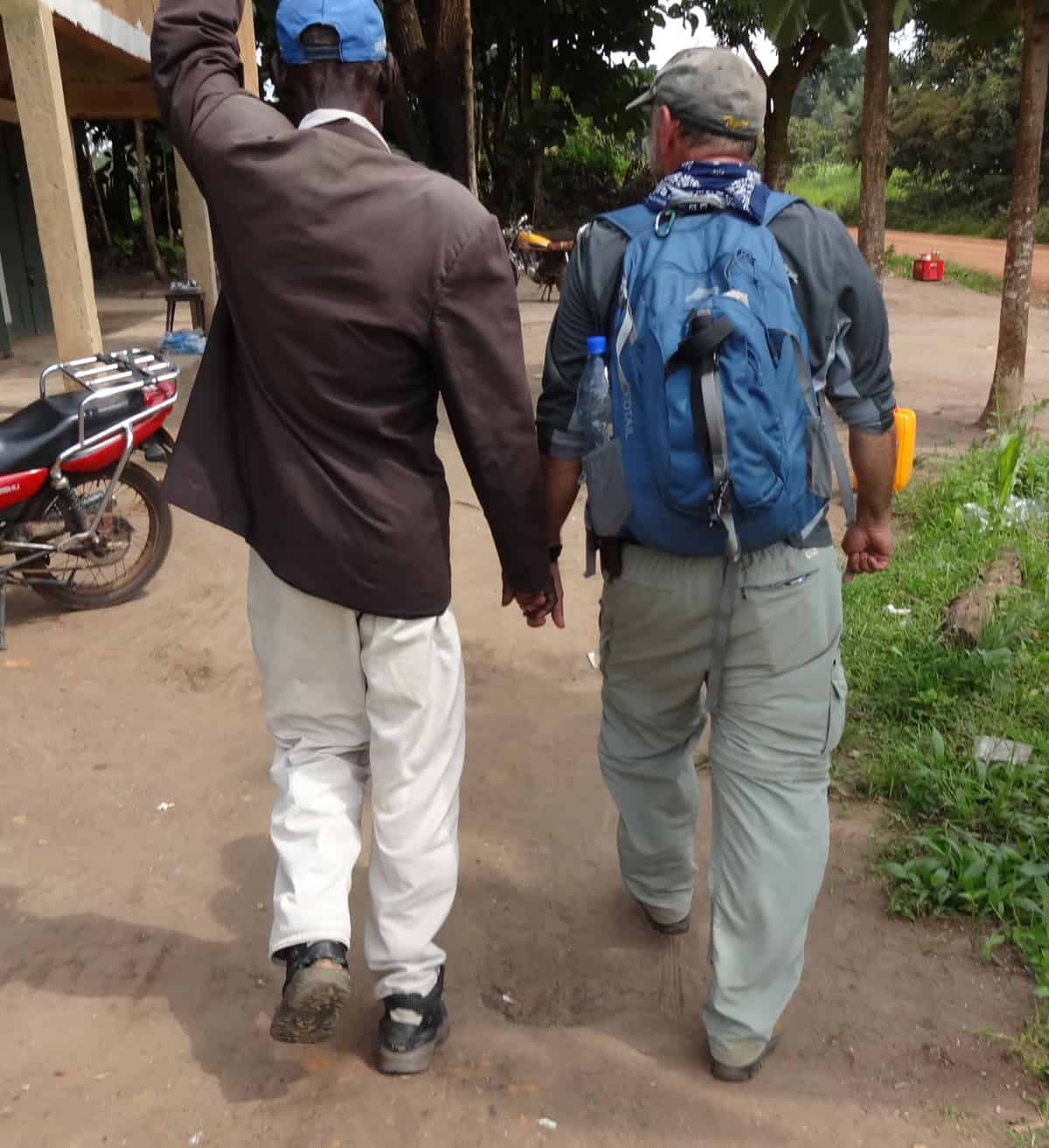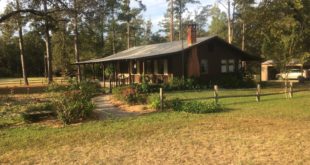Hauling Dogs This story is so good that I didn’t have to make it up. I’m staying with my Mom this week and she is regaling me with stories. The following may be my favorite: When our family moved to Dry Creek in 1960, we had one vehicle, a beat-up GMC truck. My Mom, who has always had a travel …
Read More »Thoughts on Turning Sixty-Eight
Thoughts on Turning 68 And Jabez called on the God of Israel saying, “Oh, that You would bless me indeed, and enlarge my territory, that Your hand would be with me . . .” I Chronicles 4:10 I turn 68 in a couple of weeks. Now, I’m not planning on going anywhere, but I’m in a season …
Read More »How to Feed a Stray Cat
Listen to Curt read “How to Feed a Stray Cat” at our Creekbank Podcast. How to Feed a Stray Cat I’m a dog person. I’ve always loved dogs. I like cats, but I love dogs. What I really have is a soft heart for any strays. Maybe that’s why the stray cat in our Wal-Mart parking …
Read More »The Sin of the Pineywoods
There is one cardinal sin of the Pineywoods: “Forgetting where you come from.” Or to state it as a maxim: “Always remember where you came from.” Many of my friends have stayed in Dry Creek their entire lives. That’s a good thing. Some leave the nest and fly on to bigger and better things, but they shouldn’t forget (or …
Read More »Going Back in Time: A Visit to Spring Ridge
A Visit to Spring Ridge “Lord, help us to remember our past, so we know where to go in the future.” -Ken Terry Stay tuned to this blog post over the next several days. We’ll be traveling to a time and place that most don’t know exist. Journey with us to Spring Ridge Cemetery Day in the Aimwell Hills of …
Read More »“Lord, don’t let me get too comfortable.”
“Lord, don’t let me get too comfortable.” I’m at the season of my life where it’d be easy to get comfortable. Too comfortable. To give in and coast to the finish line. But I want to get out of my comfort zone. And in this day and age, that’s difficult to do. It’s so …
Read More »Loki and Roy
Loki and Roy I stood on the sidewalk outside Tamp and Grind Coffee, waiting for our weekly homeless Bible study to begin. That’s when I saw Roy. His face was a mask of pain, and his puffy eyes were ample testimony that he’d been crying. Roy’s countenance and body language weren’t contortions of physical pain. It was pure …
Read More »The Road Less Traveled: Africa
I can’ t get this poem off my mind. My life has been a succession of travel on the road less traveled. This New England poem takes me back to Africa. The Road Not Taken By Robert Frost. Two roads diverged in a yellow wood, And sorry I could not travel both And be one traveler, long I stood …
Read More »A Good Epitaph to Have: Leroy Columbo
This is a story from my first book, Stories from the Creekbank. It concerns a famous person from Galveston, Texas. The plaque mentioned is at sidewalk level atop the sea wall. A Good Epitaph to Have Have you ever thought about what epitaph you’d like to have? Recently as I walked Galveston’s seawall, I read a plaque: In …
Read More »A Healthy View on Death: Clayton Iles
VIEW Join Curt as he reads this story on the Creekbank YouTube Channel: @curtiles56 LISTEN Listen to the Creekbank Audio Podcast or at Spotify: Curt Iles/Creekbank Stories My Dad was a remarkable man in many ways. He had a deep, unshakable faith that he shares so well in the following treatise. Please feel free to pass this …
Read More »Making Things Better: A Good Epitaph to Have
“He went through life oiling squeaky doors.” -A good epitaph to have: He made things better wherever he went. May the same be said of us. He carried an oil can. We can do the same with a small can of WD-40. Most importantly, we can go around helping others daily, lightening their load, and encouraging them in tough times. …
Read More »A God of Second Chances
“Oh God of second chances, here I am again.” I’m glad God gives second chances (or more). We all need a mulligan at some time in our lives. And He is a God of forgiveness and restoration. A God of second chances. Don’t believe me? Take a trip with a world traveler named Jonah. He made the most …
Read More »A Word Called Hope.
Hope is Mandatory You can’t live without it. If you have hope, you can face anything. Without hope, life is difficult and tedious. Have hope. Keep hope . . . Because hope is mandatory.
Read More »How to tell a Panhandler from a Truly Homeless person.
How to tell a panhandler from a truly homeless person. Living in the city has been an education for me. Homelessness has always bothered me, but I’ve never been able to get my hands around the presence and problems of homelessness. This led me to become involved in the homeless ministry in downtown Alexandria, Louisiana. I’ve also learned to differentiate …
Read More » Creekbank Stories Curt Iles, Storyteller
Creekbank Stories Curt Iles, Storyteller









